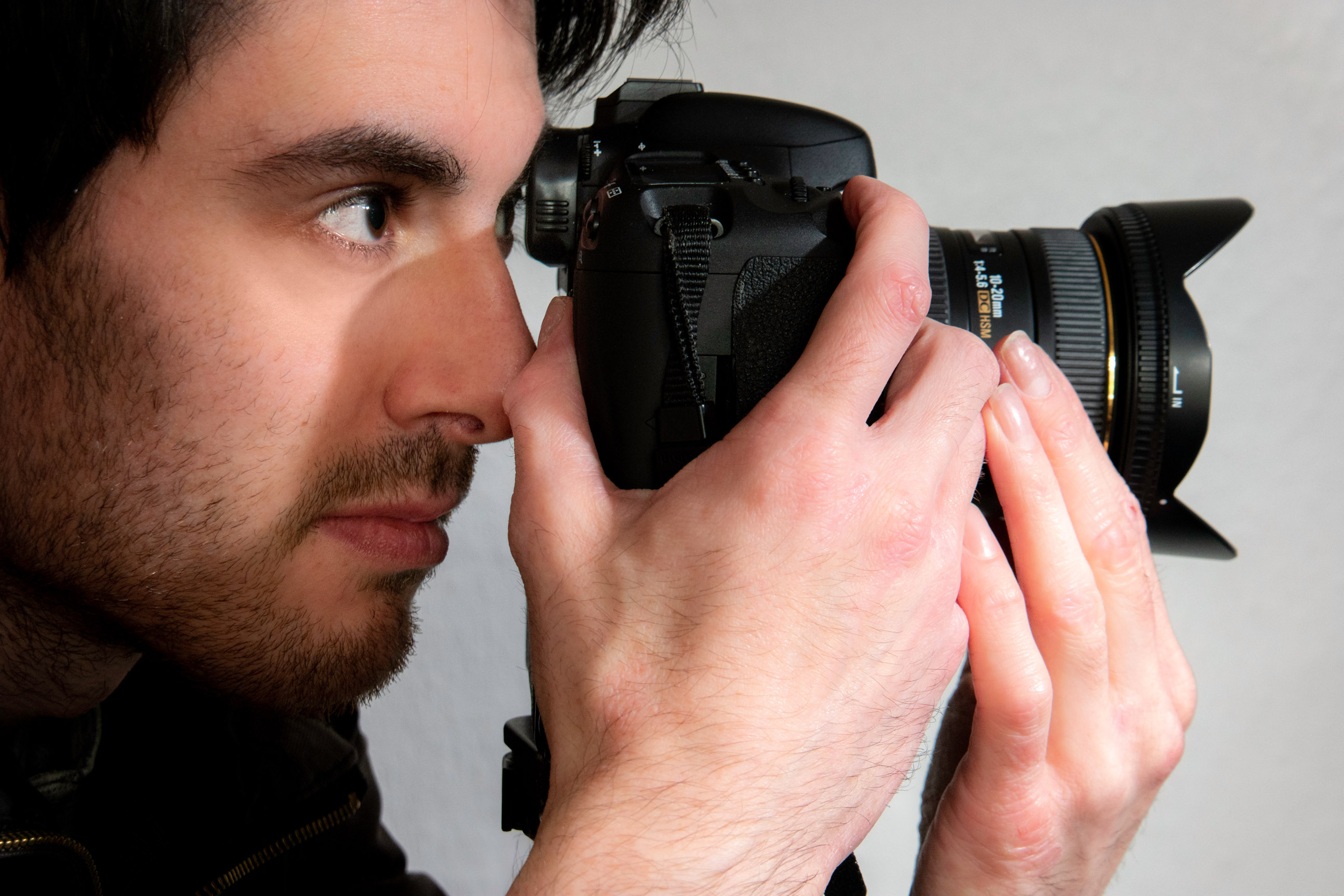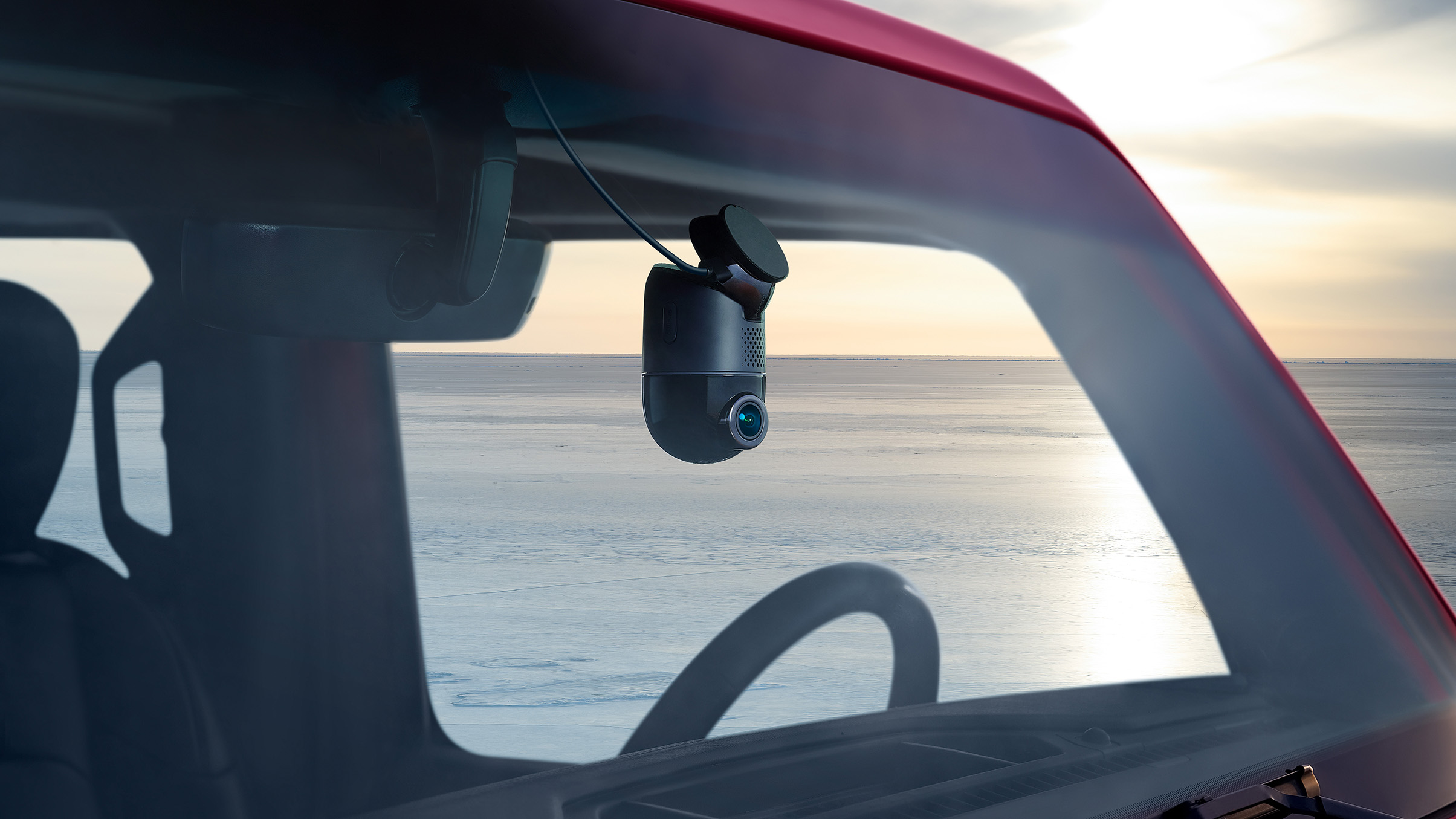Shoot your best beach scenes
Keep shooting throughout the day to capture the best light, colour and detail
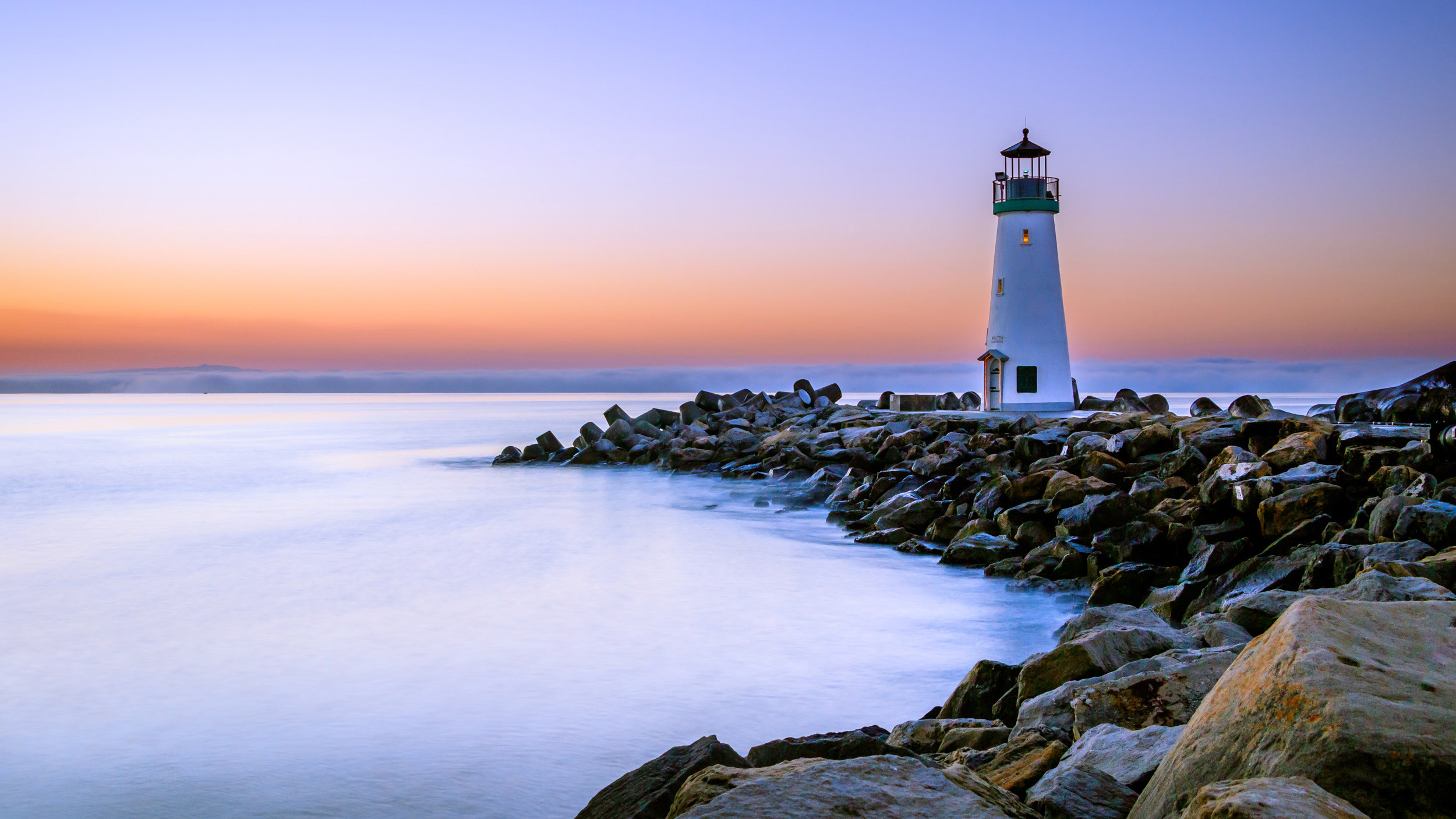
Coastlines and beach scenes are a popular haunt for landscape photographers. These locations offer almost everything you could want in a scenic shot - layers in the foreground, water for reflections and movement and an open view of the horizon, for sensational sunrises and sunsets.
These places are not without their challenges however. It's very easy to get the exposure wrong, since the reflectivity of the water can throw your cameras auto exposure system off the scent while, simultaneously, there are some big gradients in colour.
Since no single time of day offers the perfect lighting for each scene component - graphic shapes, detail, longer exposures and soft glows - it makes sense to explore the same locations at different hours, to find the best each has to offer. Here we take a closer look at what to expect from the key moments of the shooting day.
Note: the times given are an estimate - there will be differences depending on latitude, terrain, weather and exact date.
Pre-dawn
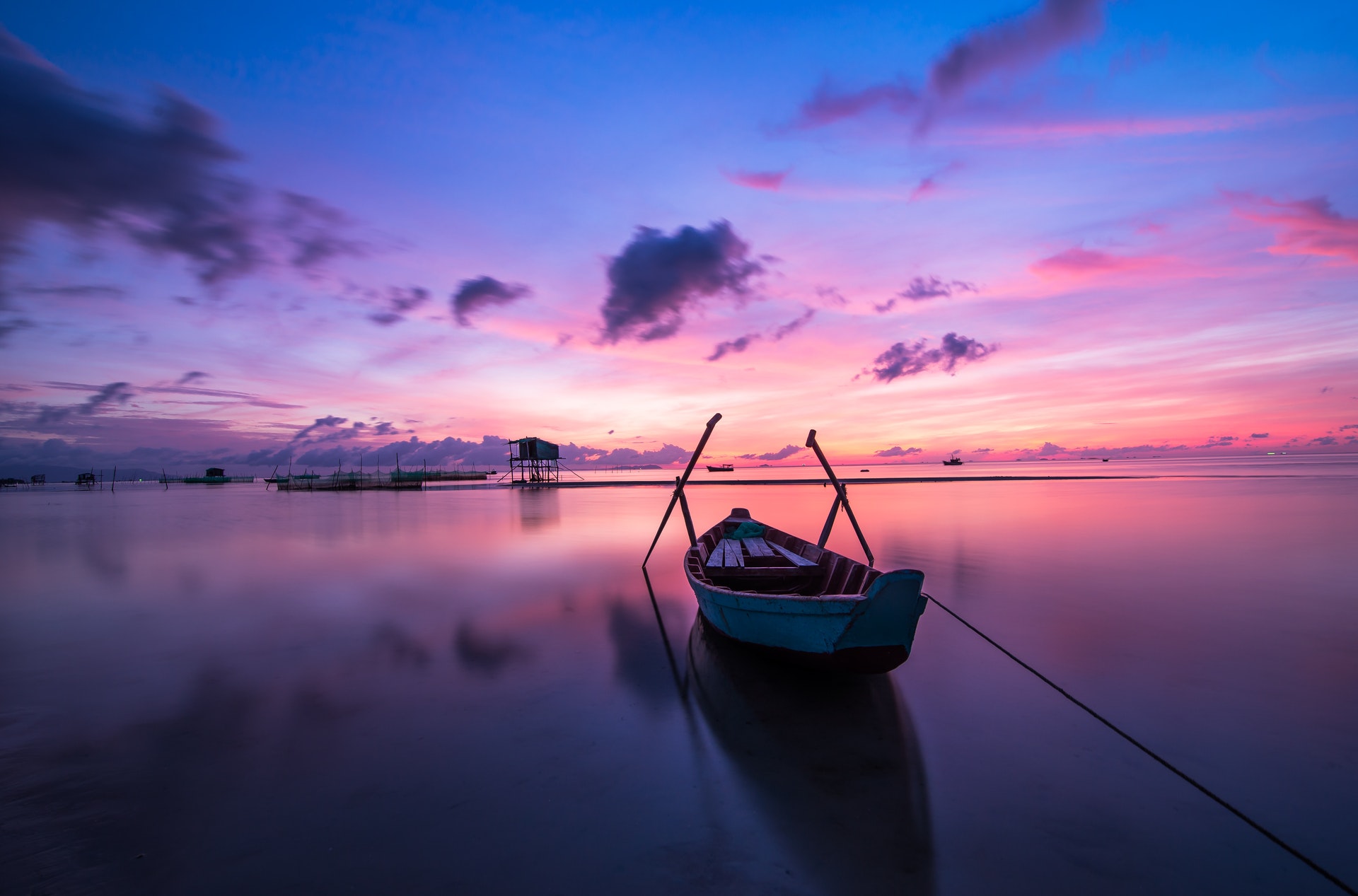
04:30 - 05:30 (Summer)
06:30 - 07:30 (winter)
Here you can expect a dominance of blues and magentas - so called cool colours. These create a peaceful feel, which is especially effective when combined with a long exposure, which blurs detail in the water. Try focussing on a single isolated rock at the tide line, or seek out a flat area of beach, to shoot a minimalist square composition. Extreme saturation can look unsettling, so don't over-process these shots in editing software. Also keep an eye on underexposure, since brightening an image with lots of blues in it can really bring out image noise.
Pros: The first “blue hour’ of the day provides soft illumination as the sun is not directly visible in the frame. This makes contrast management of long exposures easier.
Cons: Unless you know an environment well the low light can make composition a challenge. The softer shadows don’t pick out details effectively, potentially creating flat images.
Sunrise
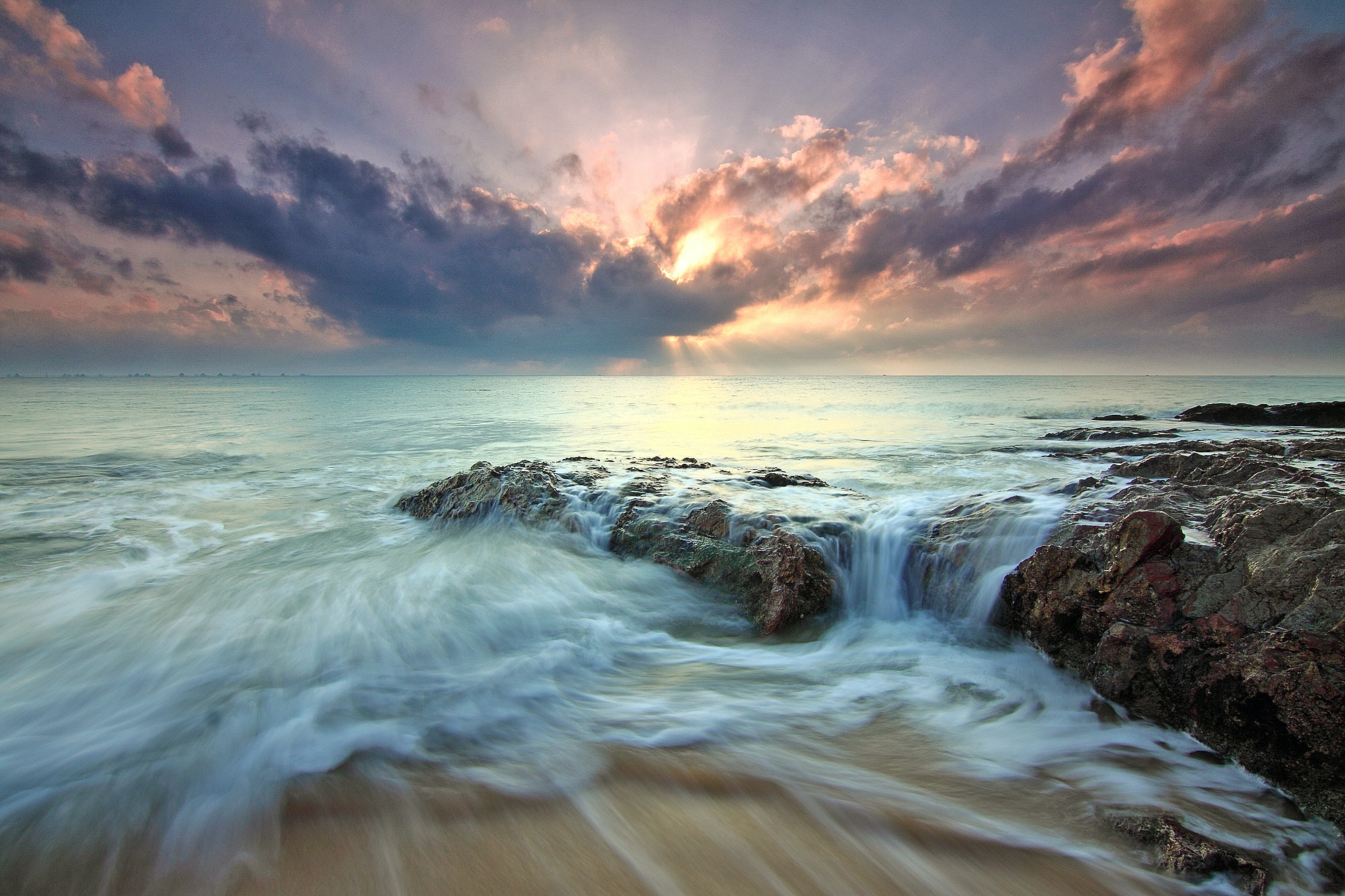
05:30 - 06:00 (Summer)
07:00 - 07:30 (winter)
The first 'golden hour' of the day is actually far shorter than a full hour! The sun rises seemingly very quickly once it appears at the horizon, and once this has happened you only have about 10 minutes to capture intense golden light, while pairing this with soft shadows. Set your camera to Shade white balance, to really enhance the fiery hues, but try to hold some cooler colours in the shadows, where possible. Start with Daylight or Cloudy WB to see how the overall balance looks. Use this time to pick out sand and rock detail, as the low sun angle brings out the contours. Get set up in place first, so you don't miss any shots!
Pros: As the sun appears over the horizon the clouds and middle ground pick up an attractive glow, which highlights sea spray and foam, for an airy high key look.
Cons: The window for capturing the directional golden light and the light intensity growing too high is short - sometimes the light becomes too harsh after only three or four minutes.
Morning
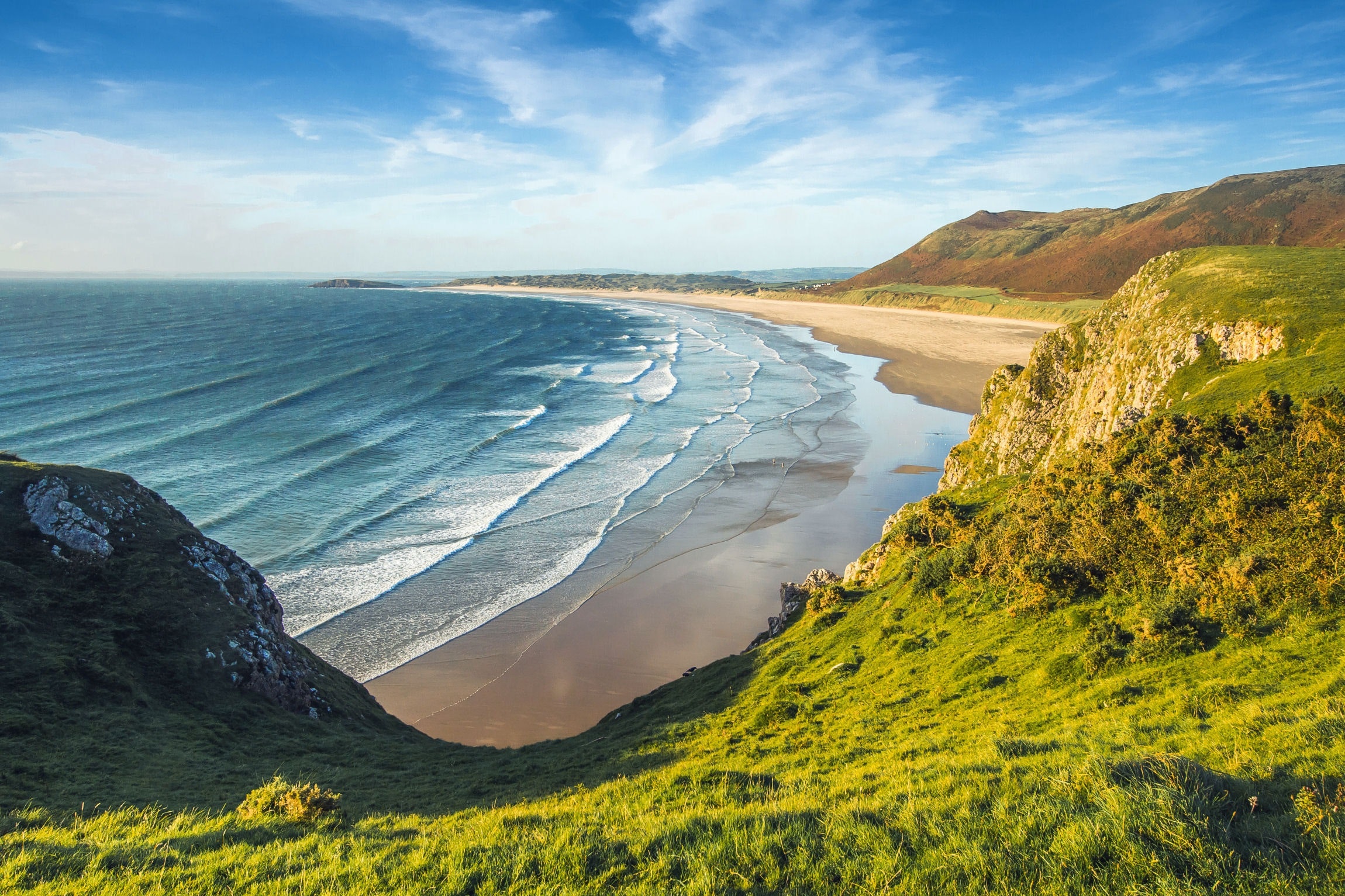
06:00 - 08:00 (Summer)
07:30 - 09:00 (winter)
This lasts further into the average person's 'daytime' during the winter, meaning you can capture a lower sun without having to get out of bed too early! However you have watch out for blown highlight detail on the water surface, especially close to the sun position. Use a Shade WB to extend the warmth of the sunrise, which fades rapidly as the sun climbs into the sky, especially in the Spring and Summer months. Use this time to capture the blues in the sky, while still showing some directionality to the light.
Pros: Depending on cloud cover early morning light can be useful for capturing high contrast monochrome images of coastal textures or, with the correct ND filters, black and white long exposures.
Cons: Light experienced around an hour after sunrise until early afternoon is often too harsh for coastal photography. Strong contrast makes highlight clipping on water a challenge while deep shadows are unattractive.
More: Vintage magic: shoot fine-art monochrome landscapes
Full daylight
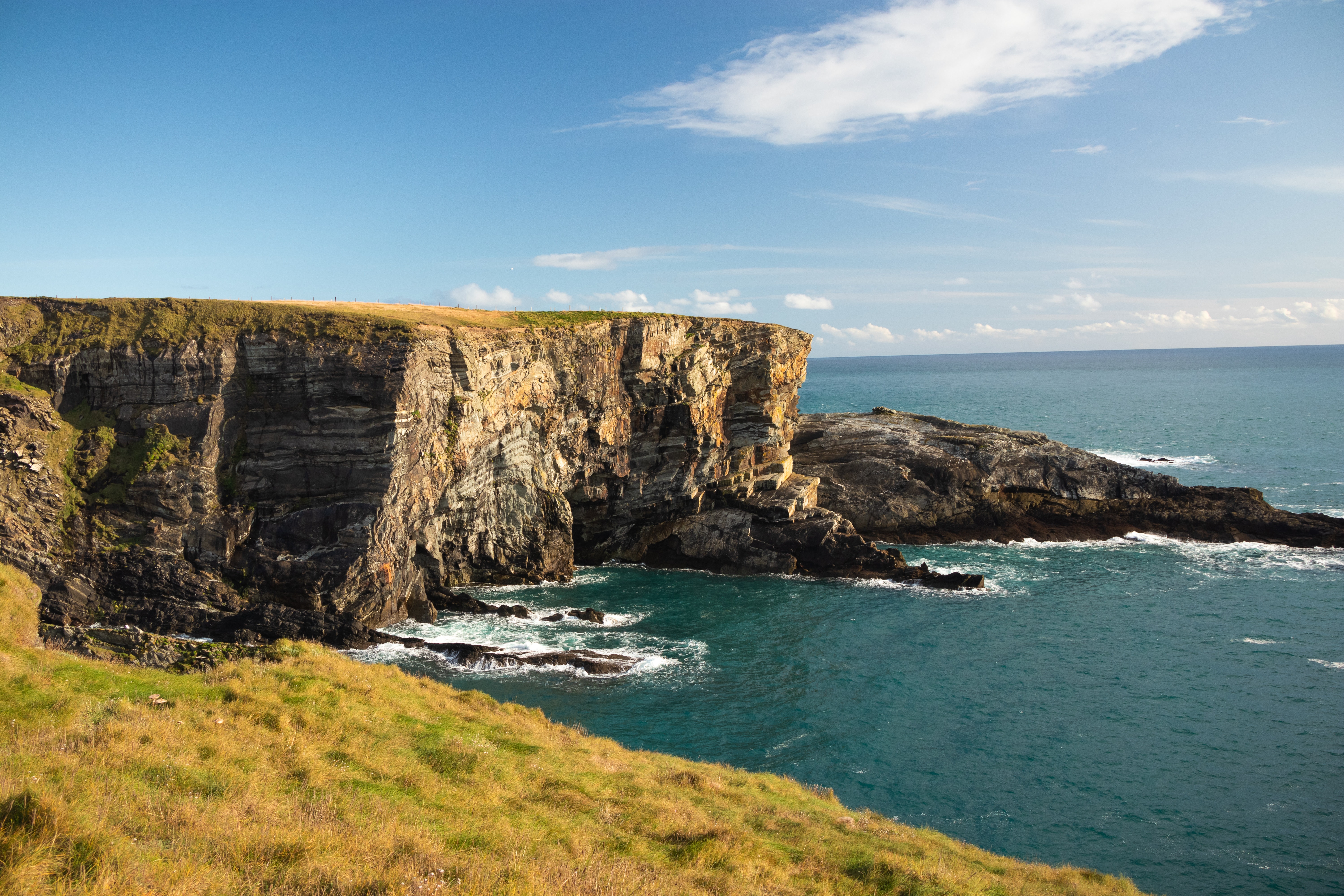
08:00 - 18:00 (Summer)
09:00 - 15:00 (winter)
This isn't the ideal time to shoot coastal scenes, but you can still use the harsh light to capture extreme contrast and sparkle in the sand. Try using a big stopper (10 stop) ND filter to create unique long exposure shots, and look for graphic black and white captures of rocks and lighthouses, for example.
Pros: When the sun is below its zenith but above the horizon, it has a more directional angle than midday, so is perfect for emphasizing sand patterns or rock detail, but has softer, warmer properties. Strong contrast.
Cons: One of the biggest challenges for photographers at this time of day is the prevalence of people - beaches are busier in the afternoons than morning, making clear compositions difficult.
Sunset

20:00 - 21:00 (Summer)
15:00 - 17:00 (winter)
The advantage of sunset over sunrise is that the daylight acts as a modelling light for your sunset shot! You can see clearly where the sun is going to set, so can get your camera ready ahead of time. The low light of late evening lasts longer in the summer half of the year, so don't forget to arrive early and shoot a sequence of shots as the sun position sinks towards the horizon. Then switch back to cloudy WB to push the deep reds, oranges and yellows of the main event. Look for tide channels in the sand to glow with colour in a darker foreground, and take care not to overexpose - if your shot gets too bright you'll lose the apparent saturation and impact of the colours.
Pros: Another advantage over sunrise is that colours are warmer due to greater levels of particulates in the atmosphere, in certain locations. Furthermore, inverse to dawn, the light grows softer as time passes.
Cons: There is often a higher chance of wind during the later afternoon and evening than at sunrise due to warmer ground level air allowing high level winds to descend.
Twilight
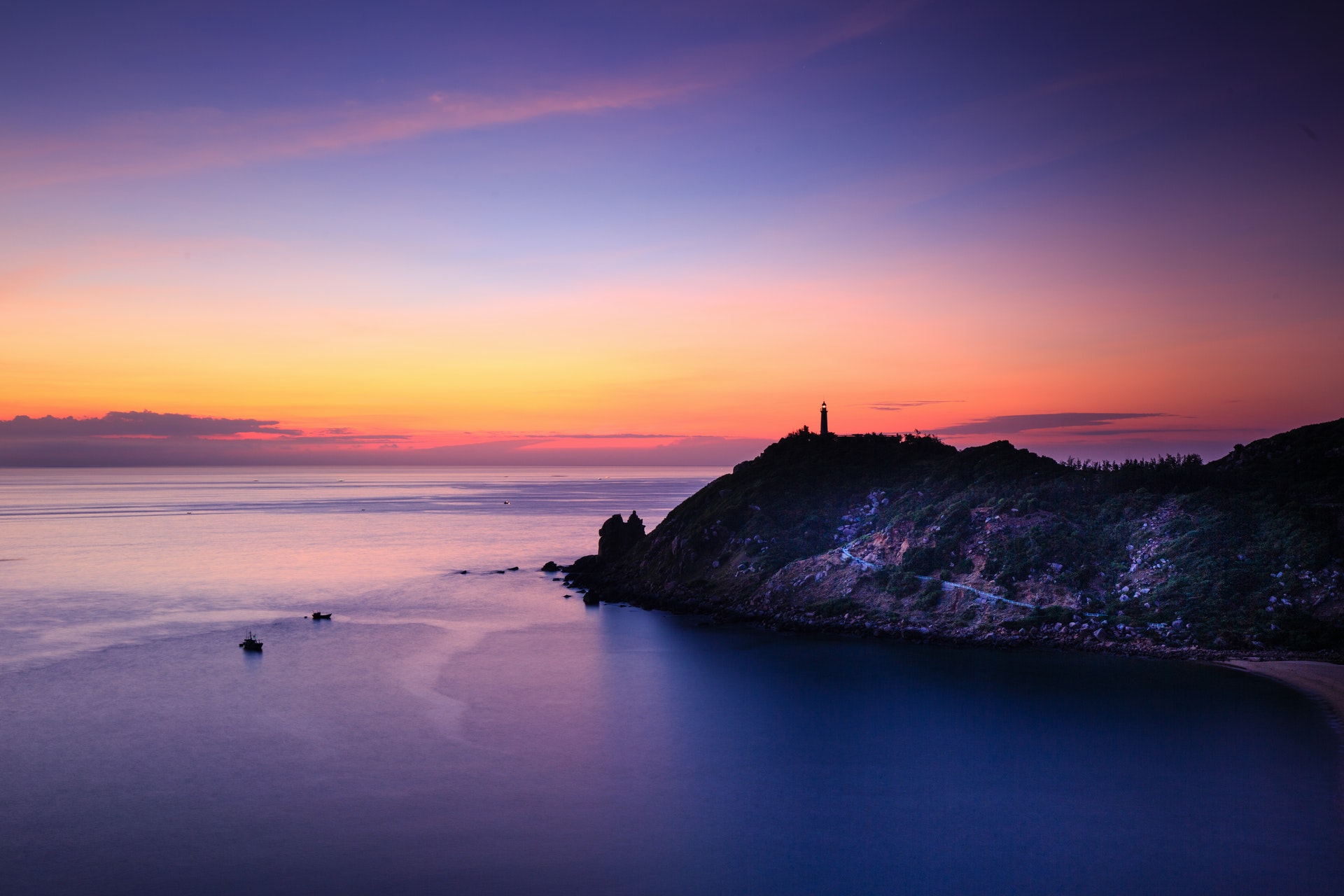
21:00 - 22:30 (Summer)
17:00 - 17:30 (winter)
Once again the light goes quickly during autumn and winter. Darkness has usually fully descended by dinner time so make sure you've got your shots planned by the time the sun reaches the horizon. Colours are very similar to pre-dawn, but depending on where you are, the warmer air can prolong the gradation of reds/yellows to blues/magentas. Urban areas in particular offer great colour shows, due to pollution in the atmosphere, so if you have a city near a beach take advantage of these. Wherever you are though, don't forget to stick about for the aquas, lemon yellows and finally cyans and tranquil blues. As the light drops you'll also get long exposures more easily.
Pros: The second ‘blue hour’ follows daylight, so we have more time to plan compositions, allowing moody cool images with easier set-up procedures.
Cons: Light can fade quickly once the sun has set. Shooting can continue for up to an hour, but this raises safety issues, especially with rising tides and slippery surfaces.
Read more:
Take your landscapes up a notch with creative flare
Photo therapy: why shooting at the coast is so damn difficult
The best neutral density filters in 2021: ND filters for longer exposures
Get the Digital Camera World Newsletter
The best camera deals, reviews, product advice, and unmissable photography news, direct to your inbox!
As the Editor for Digital Photographer magazine, Peter is a specialist in camera tutorials and creative projects to help you get the most out of your camera, lens, tripod, filters, gimbal, lighting and other imaging equipment.
After cutting his teeth working in retail for camera specialists like Jessops, he has spent 11 years as a photography journalist and freelance writer – and he is a Getty Images-registered photographer, to boot.
No matter what you want to shoot, Peter can help you sharpen your skills and elevate your ability, whether it’s taking portraits, capturing landscapes, shooting architecture, creating macro and still life, photographing action… he can help you learn and improve.
